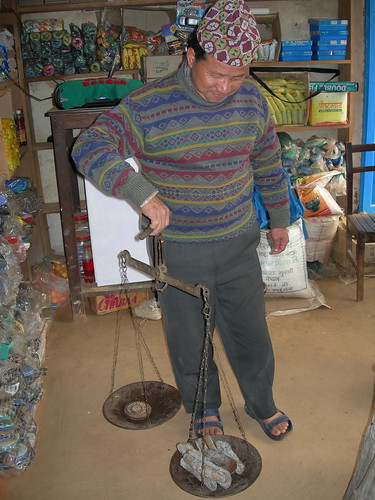Extracts from what I want to say about the need for open access fibre networks to connect learners, learning organisations the world over.
I was unable to attend the first planning meeting of the group who have organised this event but have since understood the brief given for this part of the day’s programme to be look at Wow technology .
I was somewhat uncomfortable about this at first because afterall we were to address school principals. People who have had technology pitched to them over along period of time. Often we have shown you the big picture, the future, nirvana, the promised land of technology. And the education landscape is littered with failed promises, the unused and the past its use by date. We all know there are some realities around education that have not always worked in well with life on bleeding edge of technology.
So before we consider wow factor I think it is important to look to look at the future through rose tinted glasses, through binoculars and under the microscope. We will not be able to do this in the timeframe of one day or meeting but what we may be able to consider is relationship of network connectivity to what we are trying to achieve as learning organisations. This will add to our ability to move towards a preferred future rather than the default one.
Connectivity is at the heart of this meeting and we will briefly outline the different types of network connection people are using to be part of the internet.

In terms of wow technology we have chosen a video conference and matched its participants to further discussion the potential of learning over networks.
This we hope will give a working example of the capacity of fibre optic bandwidth unachievable without such a connection.
We will look at what one New Zealand Council believes about the need for open access fibre networks.

What is happening with infrastructure
A student starting school today if attending till year 13 will leave in 2022.

From Ian Jukes
In Broad Sweeping Generalisations
We are increasing the number of devices because of
- Weight
- Cost
- Battery life
- Reliability
- Connectivity
- Functionality
- Value of the network to which they connect
The implications are
- We need either greater simplicity/reliability of equipment or greater technical support
- Increased device density requires better internal networks especially wireless
- Learners create more as well as consume
- School/community partnerships and
- anytime anywhere anyhow learning grows
- Much of this relates our new curriculum whose vision is “for young people who are confident, connected, actively involved lifelong learners.”
- And this relates perfectly to networks and connections.

I hope it goes well tomorrow.


















